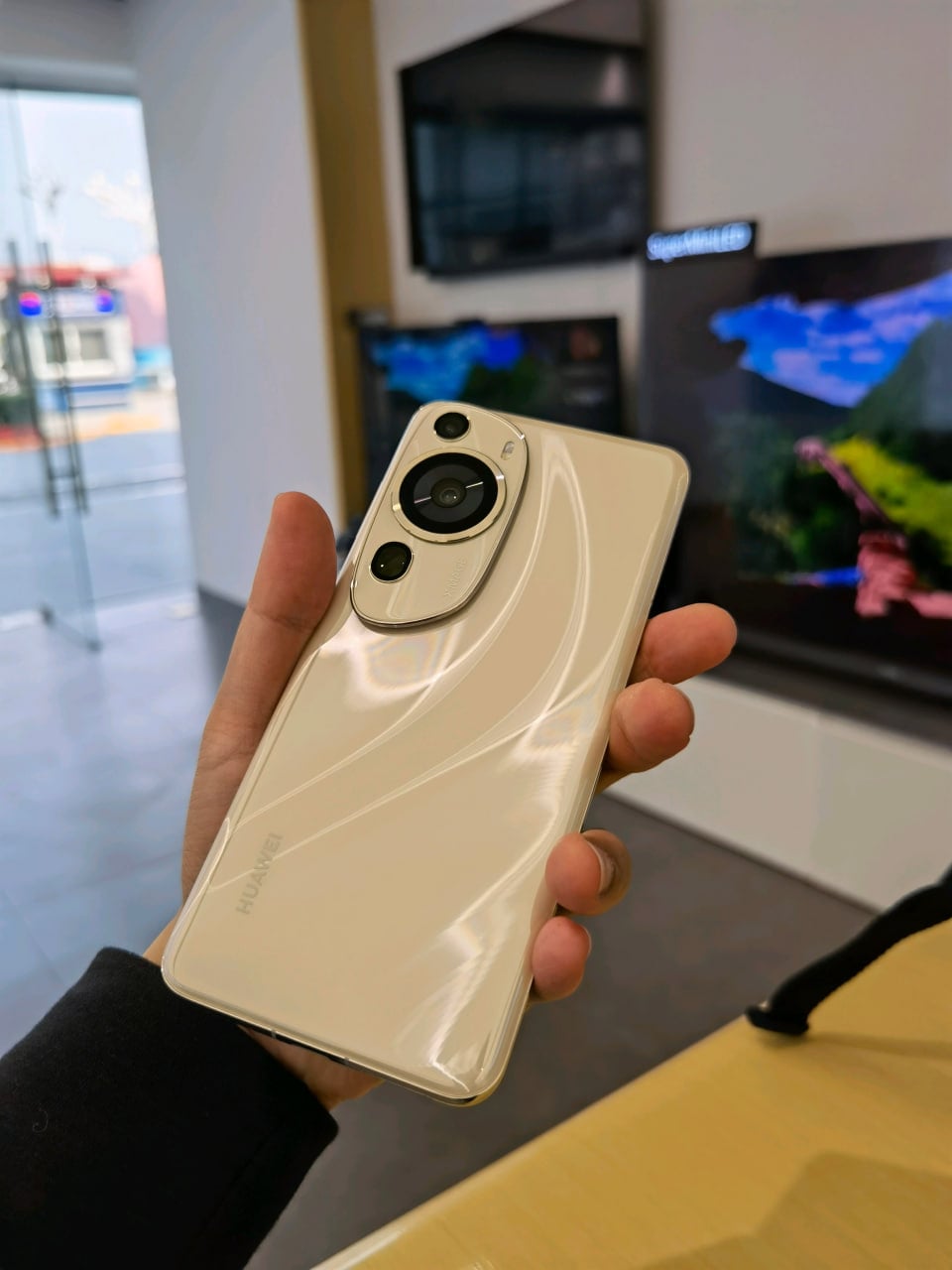Introduction
With enthusiasm, let’s navigate through the intriguing topic related to Huawei P60 Art Edition: Innovation or Just a Gimmick?. Let’s weave interesting information and offer fresh perspectives to the readers.

Huawei P60 Art Edition: Innovation or Just a Gimmick?
Huawei’s P60 series, launched with considerable fanfare, presented a compelling flagship contender in a market dominated by established players. However, it was the P60 Art Edition that truly captured attention, not just for its specifications but also for its bold, unconventional design and hefty price tag. This raises a crucial question: is the P60 Art Edition a genuine innovation pushing the boundaries of smartphone design and photography, or simply a cleverly marketed, premium-priced gimmick designed to appeal to a niche audience?
The Art Edition deviates significantly from the standard P60 and P60 Pro. While the core hardware remains largely similar, focusing on Huawei’s advanced XMAGE camera system and its powerful Kirin 9000S processor, the Art Edition distinguishes itself through its aesthetic choices. The most striking feature is its unique back panel, crafted from a premium, textured material that mimics the appearance of a carefully hand-polished gemstone. This tactile experience is undeniably luxurious, offering a substantial upgrade from the glass backs found on most flagship phones. The finish isn’t just visually appealing; it also provides a noticeably improved grip, mitigating the risk of accidental drops – a practical benefit often overlooked in the pursuit of sleek aesthetics.
However, this unique design comes at a cost – both literally and figuratively. The price point of the Art Edition significantly surpasses that of the standard P60 and even the Pro variant. This price premium raises questions about the value proposition. Is the enhanced tactile experience and subtly different aesthetic justified by the considerable price increase? For some, the answer will undoubtedly be yes. The exclusivity and craftsmanship involved in creating the Art Edition’s unique back panel cater to a specific clientele who value luxury and individuality above all else. For others, the price might seem excessive, especially considering the relatively minor hardware differences compared to the standard models.
The camera system, a cornerstone of Huawei’s marketing strategy, remains a key selling point across the P60 series. The XMAGE imaging technology, developed in-house, boasts impressive low-light performance and a range of advanced features. The Art Edition benefits from the same powerful camera hardware as its siblings, offering a compelling photographic experience. However, the argument that the Art Edition offers superior photographic capabilities compared to the standard P60 or P60 Pro is debatable. The core hardware remains consistent, meaning the image quality differences, if any, are likely marginal and might not justify the substantial price difference.
The inclusion of the Kirin 9000S processor is another significant aspect of the P60 Art Edition. This high-performance chip, developed amidst US sanctions, showcases Huawei’s resilience and technological prowess. While it doesn’t quite match the performance of the latest Snapdragon or Apple processors in raw benchmark scores, it delivers a smooth and responsive user experience in everyday use. However, the performance difference between the Kirin 9000S and competing chipsets is unlikely to be noticeable for the average user, especially given the optimization efforts Huawei has put into its HarmonyOS operating system.
HarmonyOS itself plays a crucial role in the overall user experience. While not exclusive to the Art Edition, the seamless integration and intuitive interface contribute significantly to the phone’s appeal. Huawei has consistently improved its software ecosystem, offering a compelling alternative to Android and iOS. The features and customization options available within HarmonyOS add value beyond the hardware specifications, contributing to the overall premium feel of the Art Edition.
Beyond the technical specifications, the Art Edition’s marketing strategy also plays a significant role in shaping its perception. Huawei has expertly positioned the device as a statement piece, emphasizing its exclusivity and craftsmanship. The marketing materials focus on the tactile experience, the unique design, and the overall luxurious feel of the device. This targeted marketing effectively appeals to a specific segment of the market, those who value luxury, exclusivity, and a unique aesthetic experience.
However, this targeted marketing also highlights a potential drawback: the limited appeal. The Art Edition’s high price point and niche design appeal to a smaller segment of the market compared to the standard P60 or P60 Pro. This limited appeal raises questions about the long-term viability of such a strategy. While the Art Edition might generate significant buzz and attract high-profile buyers, its overall market penetration might remain limited.
In conclusion, the Huawei P60 Art Edition presents a complex case. It’s undoubtedly a beautifully crafted device with a unique aesthetic and a luxurious feel. The premium materials, the tactile experience, and the meticulous attention to detail are undeniable. However, the significant price increase compared to the standard models raises questions about the value proposition. The core hardware improvements are minimal, and the photographic advantages are arguably marginal. The Art Edition’s success hinges on its ability to appeal to a specific segment of the market willing to pay a premium for exclusivity and a unique design. While it represents a bold attempt to push the boundaries of smartphone design, whether it’s a genuine innovation or a cleverly marketed gimmick ultimately depends on the individual buyer’s priorities and perspective. It’s a testament to Huawei’s ambition, but its long-term success in a competitive market remains to be seen. The Art Edition is, at its core, a luxury item, and its value lies not solely in its technical specifications, but in its ability to evoke a sense of exclusivity and refined craftsmanship. Whether that’s worth the price is a question each potential buyer must answer for themselves.
Closure
Thus, we hope this article has provided valuable insights into Huawei P60 Art Edition: Innovation or Just a Gimmick?. We appreciate your attention to our article. See you in our next article!